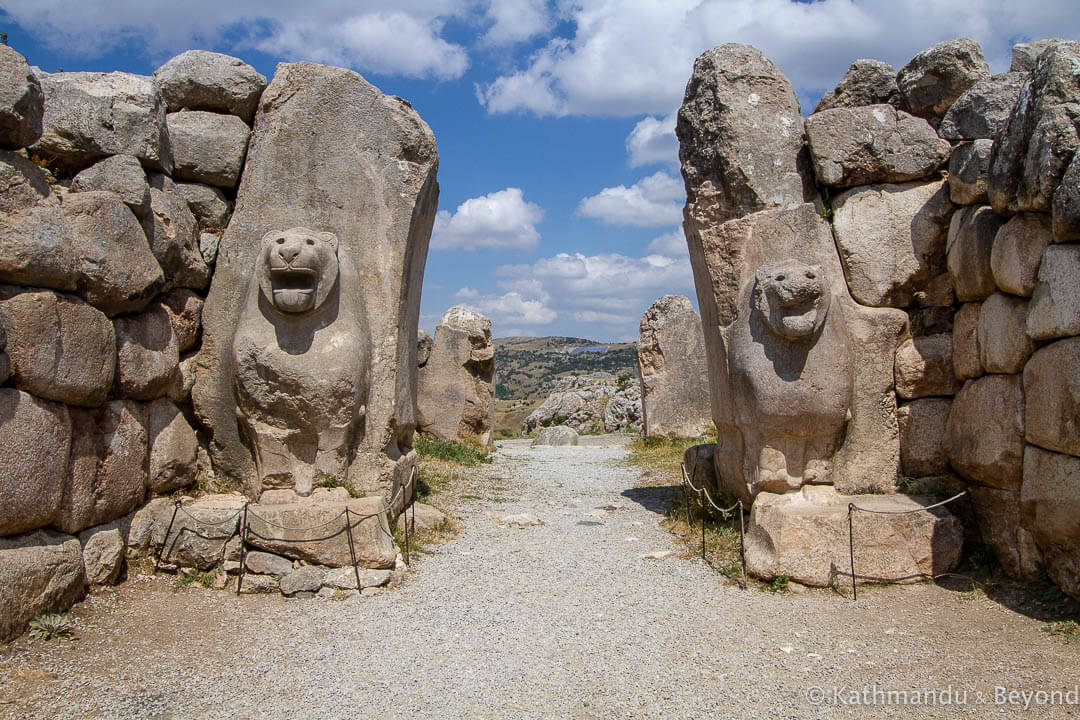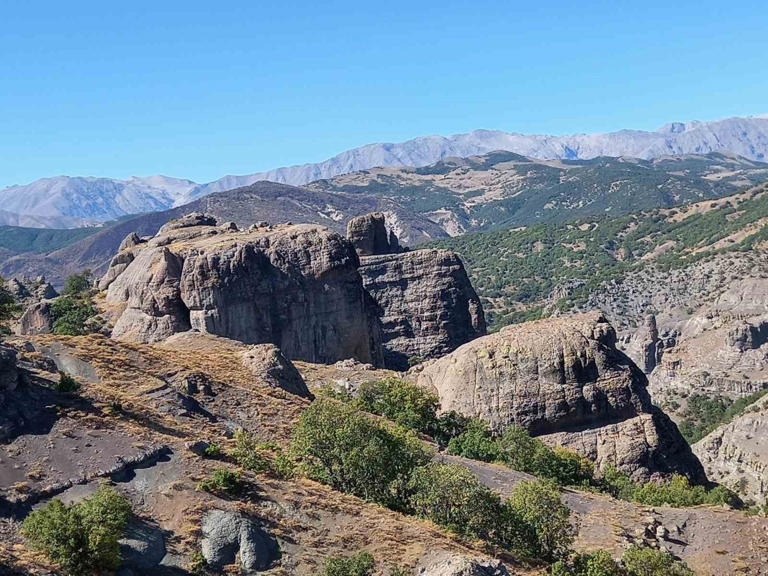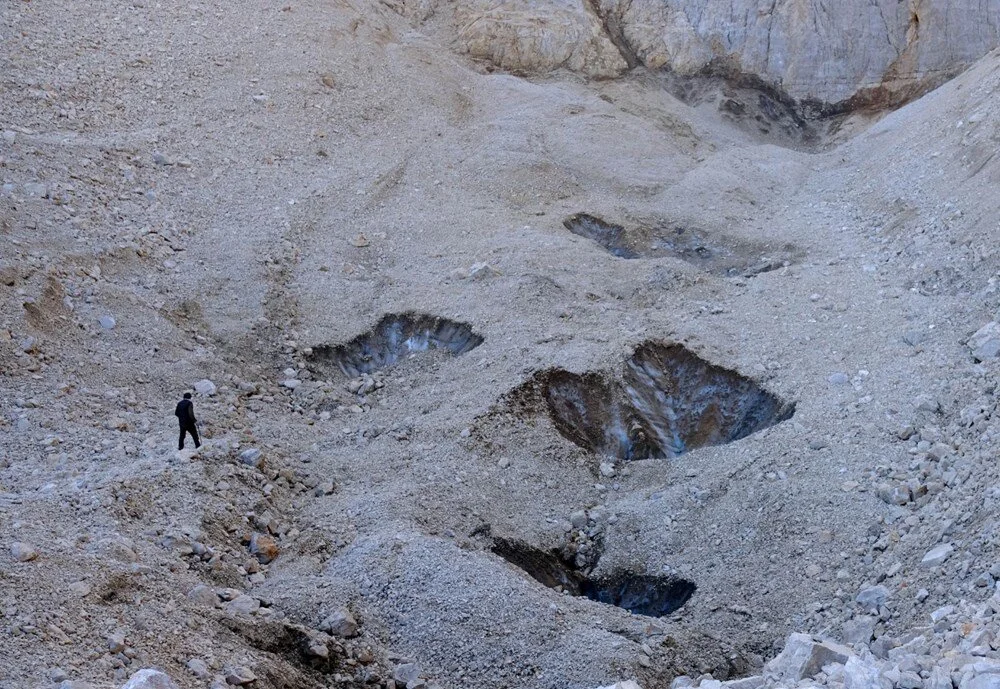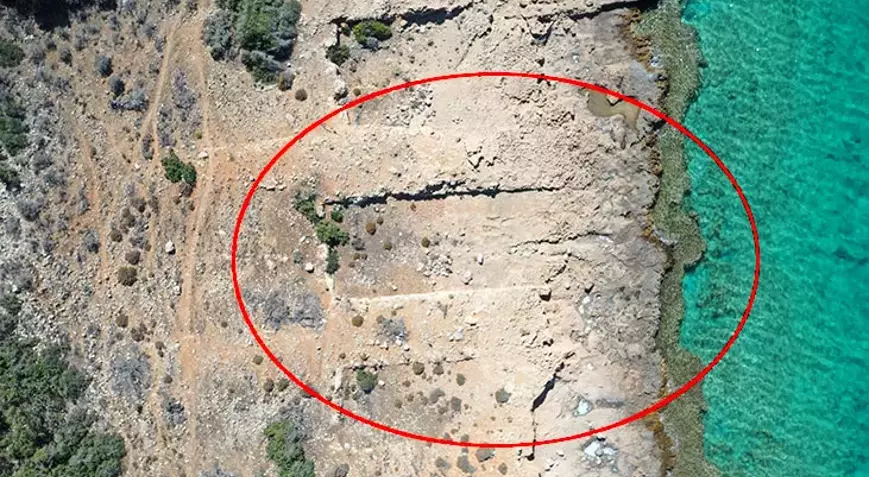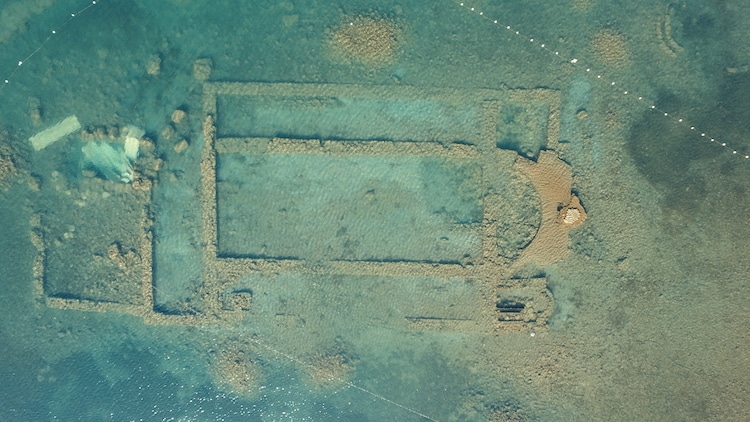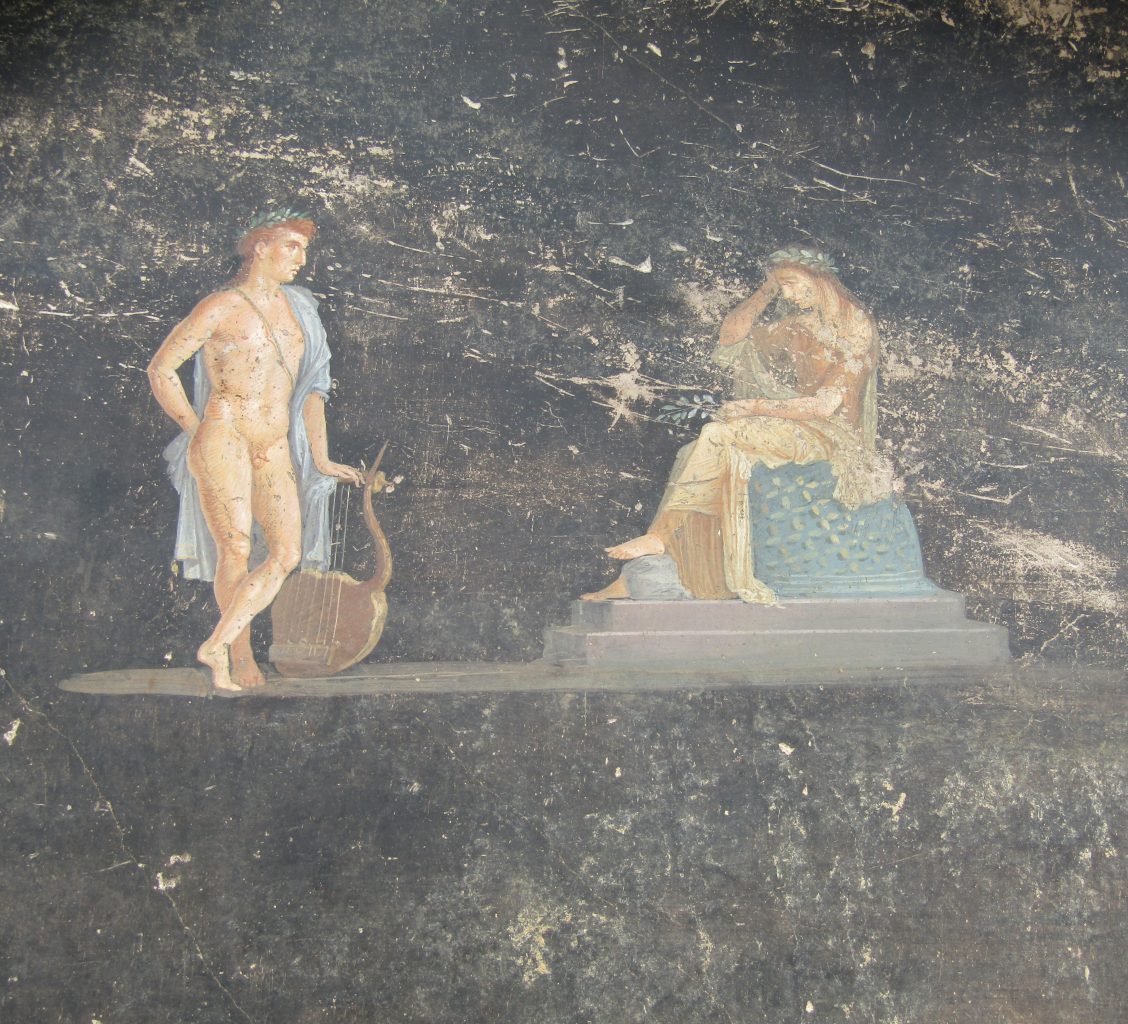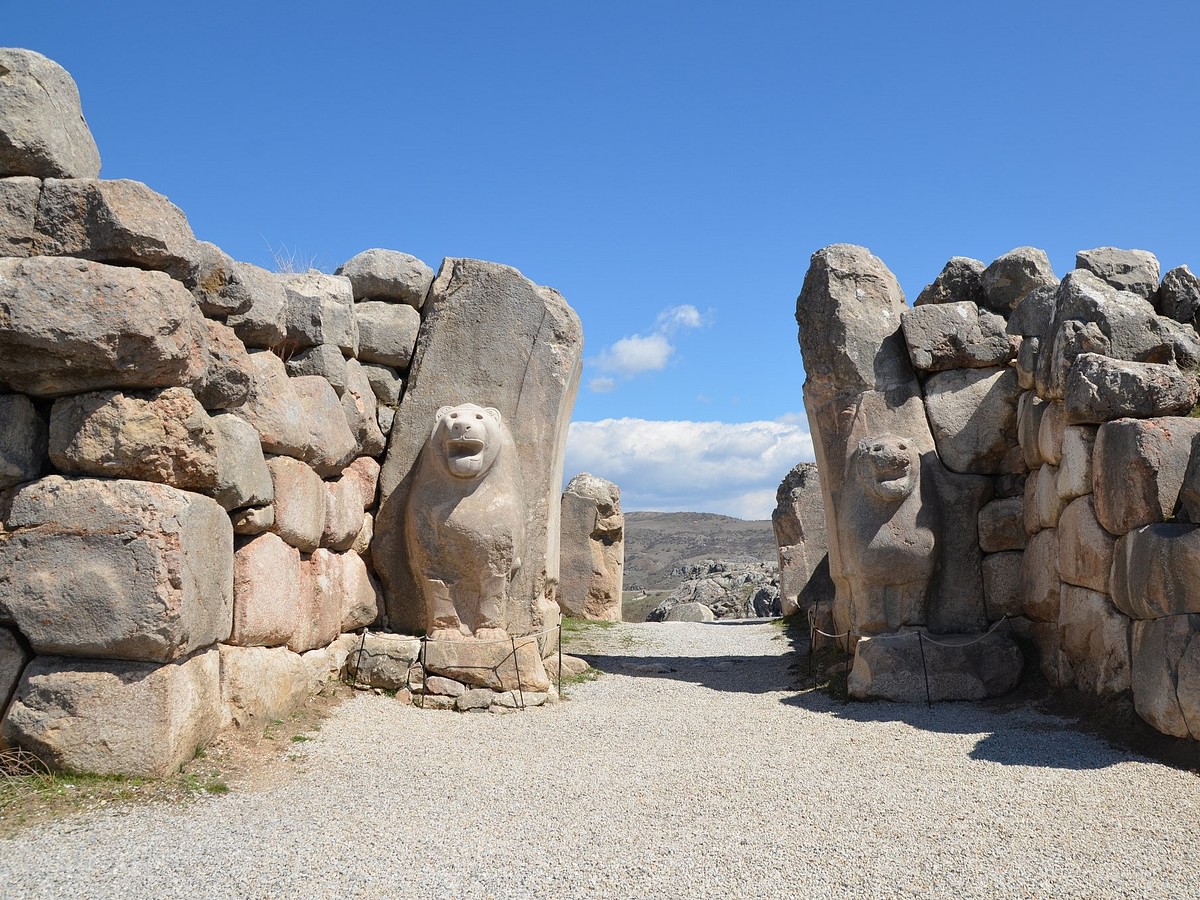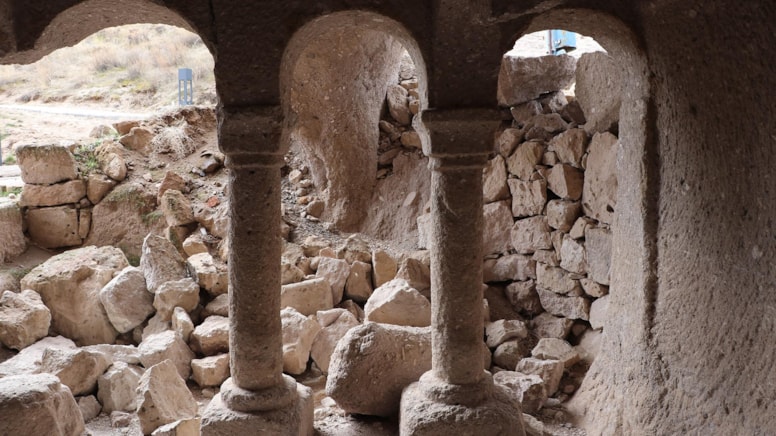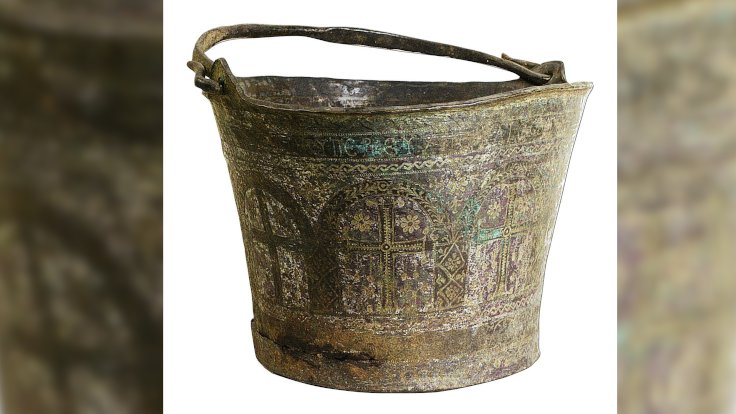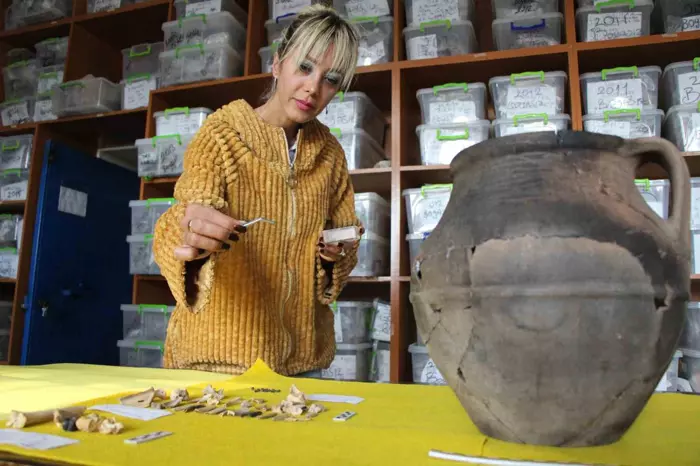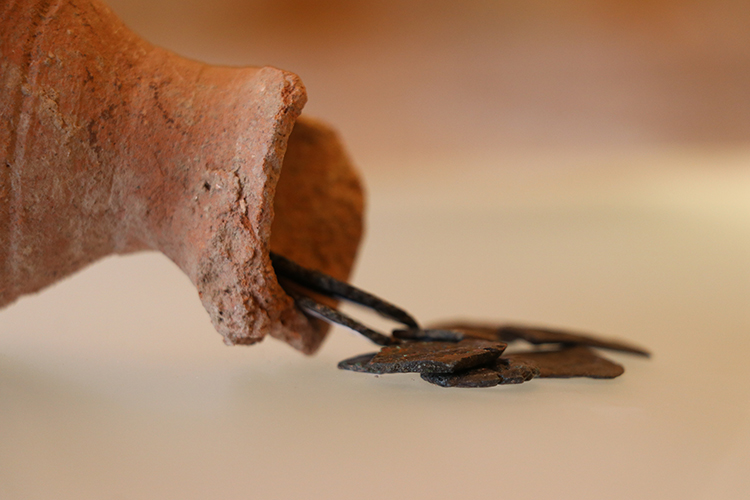In ongoing excavations in Hattusa, the capital of the Hittites, who established Anatolia’s first central state, a new Indo-European language has been discovered.
Hattusa is located in the Boğazköy district of Çorum province in present-day Türkiye.
Over the past 100 years of ongoing excavations in Hattusa, approximately 30,000 clay tablets written in cuneiform script have been discovered. These tablets provide valuable information about Hittite history and the Anatolian Bronze Age.
Under the leadership of Prof. Dr. Andreas Schachner from the Istanbul Branch of the German Archaeological Institute, surprising information has been uncovered in the newly discovered tablets this year.
Within a cult ritual text written in Hittite, a reading text written in an unknown language has been discovered.
The written statement from the Çorum Provincial Directorate of Culture and Tourism provides the following information: “Most of the texts are written in Hittite, which is the proven oldest Indo-European language and the dominant language in the region. However, an unexpected surprise was encountered in this year’s excavations. Hidden within a cult ritual text written in Hittite was a reading text written in an unknown language. Epigraphist Prof. Dr. Daniel Schwemer from the University of Würzburg in Germany reports that this language is identified as the language of the Kalašma land, likely located in the northwestern tip of the Hittite central region, possibly in the modern Bolu or Gerede region.

The discovery of another language in the Boğazköy-Hattusa archives is not entirely unexpected. According to Prof. Schwemer, the Hittites had a unique interest in recording rituals in foreign languages. The ritual texts written by Hittite scribes reflect various Anatolian, Syrian, and Mesopotamian traditions and linguistic contexts. These rituals provide valuable insights into the little-known linguistic geography of Anatolia during the Late Bronze Age when Hittite was not spoken. Indeed, the cuneiform texts in Boğazköy-Hattusa contain passages not only from Luwian and Palaic, which are two other Anatolian Indo-European languages closely related to Hittite, but also from Hattic, a non-Indo-European language. Now, the Kalašma language can be added to these.”
The statement indicates that the text written in the newly discovered Kalašma language is still largely incomprehensible. However, Prof. Dr. Elisabeth Rieken, an expert in ancient Anatolian languages and a colleague of Prof. Dr. Daniel Schwemer, has confirmed that this new language belongs to the Anatolian Indo-European language family. According to Rieken, despite its geographical proximity to the region where Palaic was spoken, this text appears to share more linguistic features with Luwian from a linguistic perspective. Further research will be needed to determine how closely related the Kalašma language is to other Luwian dialects in the Late Bronze Age Anatolia.
Interdisciplinary research in Boğazköy-Hattusa is being conducted as part of a project funded by the German Archaeological Institute (DAI), Thyssen Foundation, GRH Foundation, Volkswagen Foundation, and the Italian Ministry of Foreign Affairs. Scientists from DAI, as well as from the universities of Istanbul, Würzburg, and Marburg, are working together on the documentation and evaluation of the text. This collaborative effort will likely contribute to a better understanding of the Kalašma language and its historical significance within the context of the Hittite civilization and the Anatolian region.

